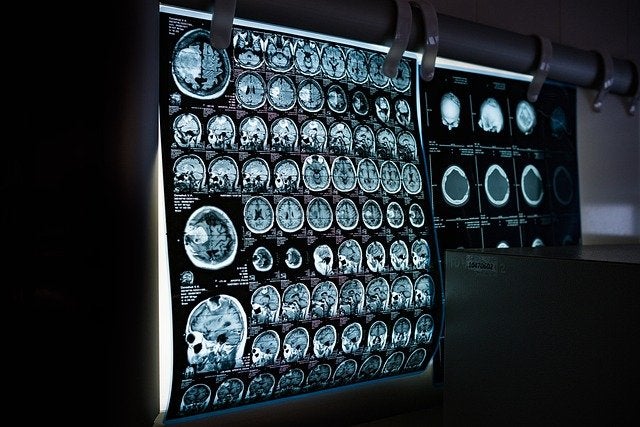
Cerebriu, a provider of artificial intelligence (AI) solutions for automating radiology workflows, and Siemens Healthineers, the world’s leading manufacturer of magnetic resonance imaging (MRI) scanners, announced their partnership to integrate Cerebriu’s patented Smart Protocol™ for Brain MRI-workflow automation software with the MRI machines of Siemens Healthineers. The application is planned to be incorporated into the Open Workflow interface, which will allow solutions to be seamlessly integrated directly into the MRI examination workflow. Smart Protocol™ for Brain is designed to perform in-process detection and protocol automation during image acquisition, providing personalized diagnostic imaging ensuring the right data for differential diagnosis.
”We are excited and proud to become the first AI technology company for MR Brain workflow automation Siemens Healthineers has entrusted to integrate into the Open Workflow interface,” said Robert Lauritzen, Chief Executive Officer at Cerebriu.
“We automate radiology workflows to increase accessibility and improve quality of care, carefully balancing increased throughput with sustainable workloads to help tackle the increasing demand for neuroimaging,” said Akshay Pai, Chief Technology Officer. ”This partnership demonstrates a powerful synergy between innovators and visionary OEMs, together enabling healthcare providers to improve care at the point of imaging.”
Healthcare providers are experiencing continued pressure to increase diagnostic imaging supply while healthcare professionals in radiology consequently experience burnout at an alarming rate. Artificial Intelligence is next gen technology enabling a future, where radiology can provide more high-quality imaging with limited resources, simplified procedures through a high degree of automation.
With Cerebriu enabled MRI machines, Siemens Healthineers can provide radiology departments with clinically intelligent scanners that support the technologist with real-time adaptation of scanning protocols during acquisition without interrupting the radiologists, providing the radiologist with the right data at the right time, increasing patient throughput and comfort at the point of imaging. This integration is under development and not currently available for clinical use.
Source: Company Press Release






